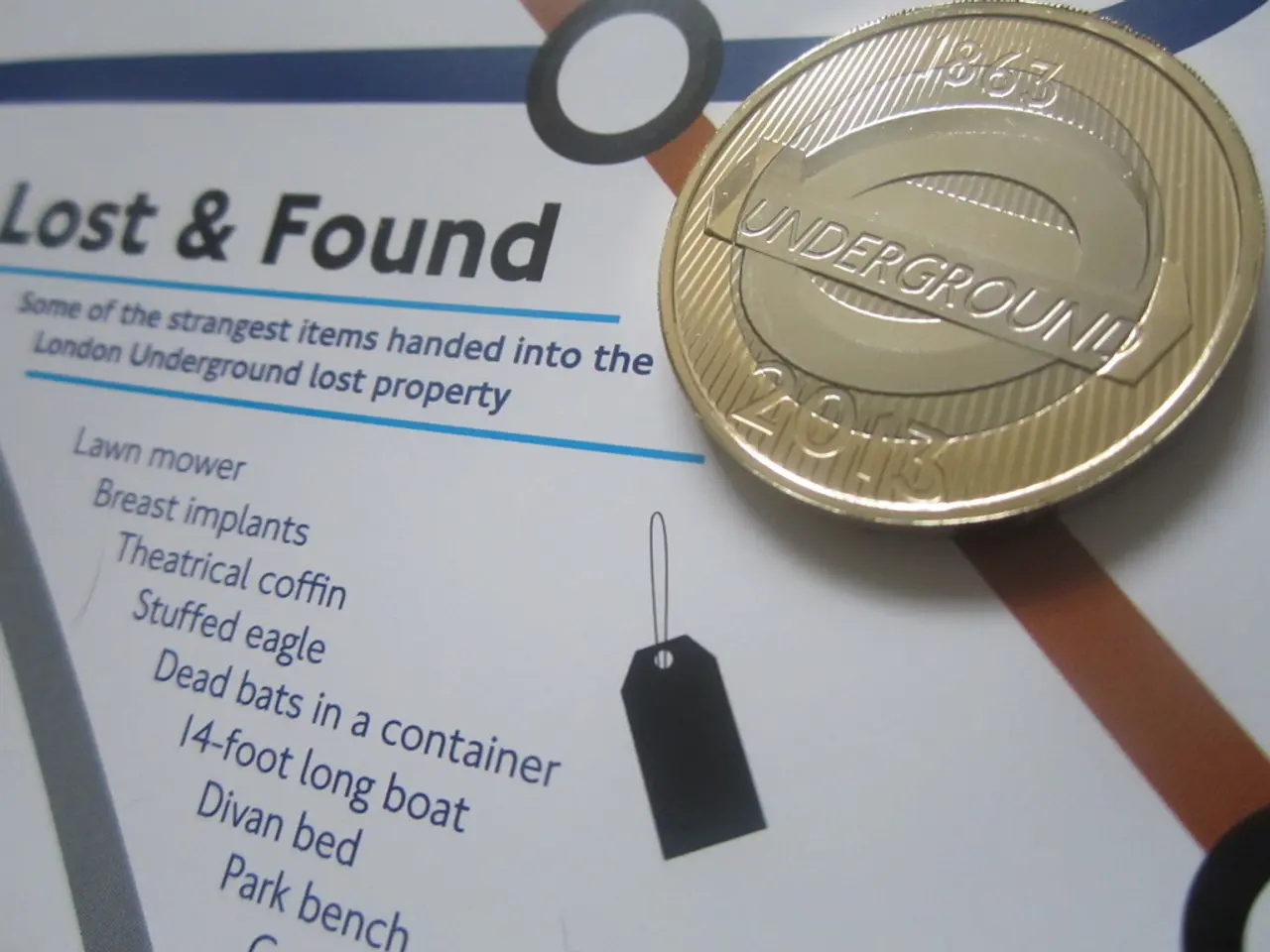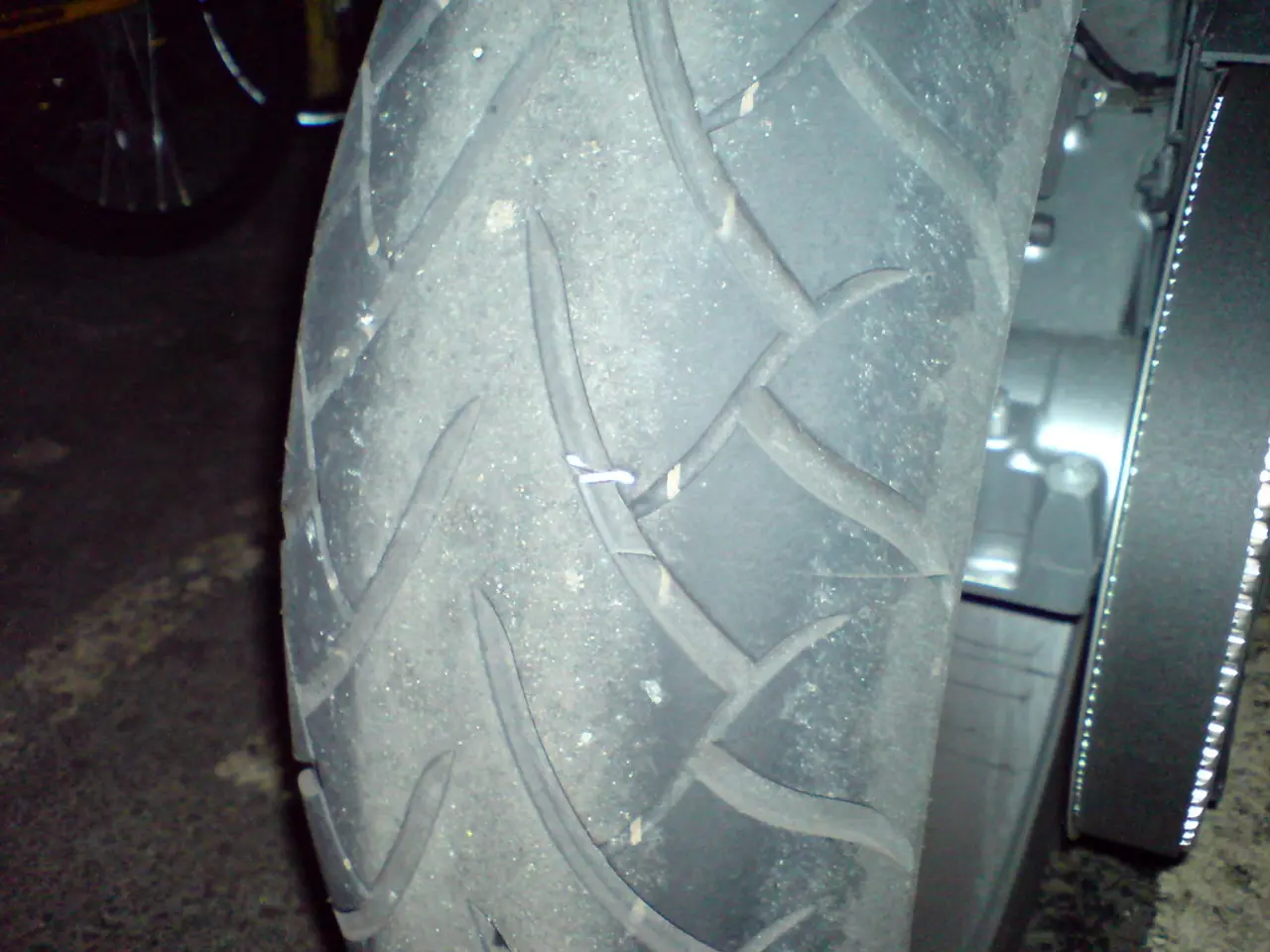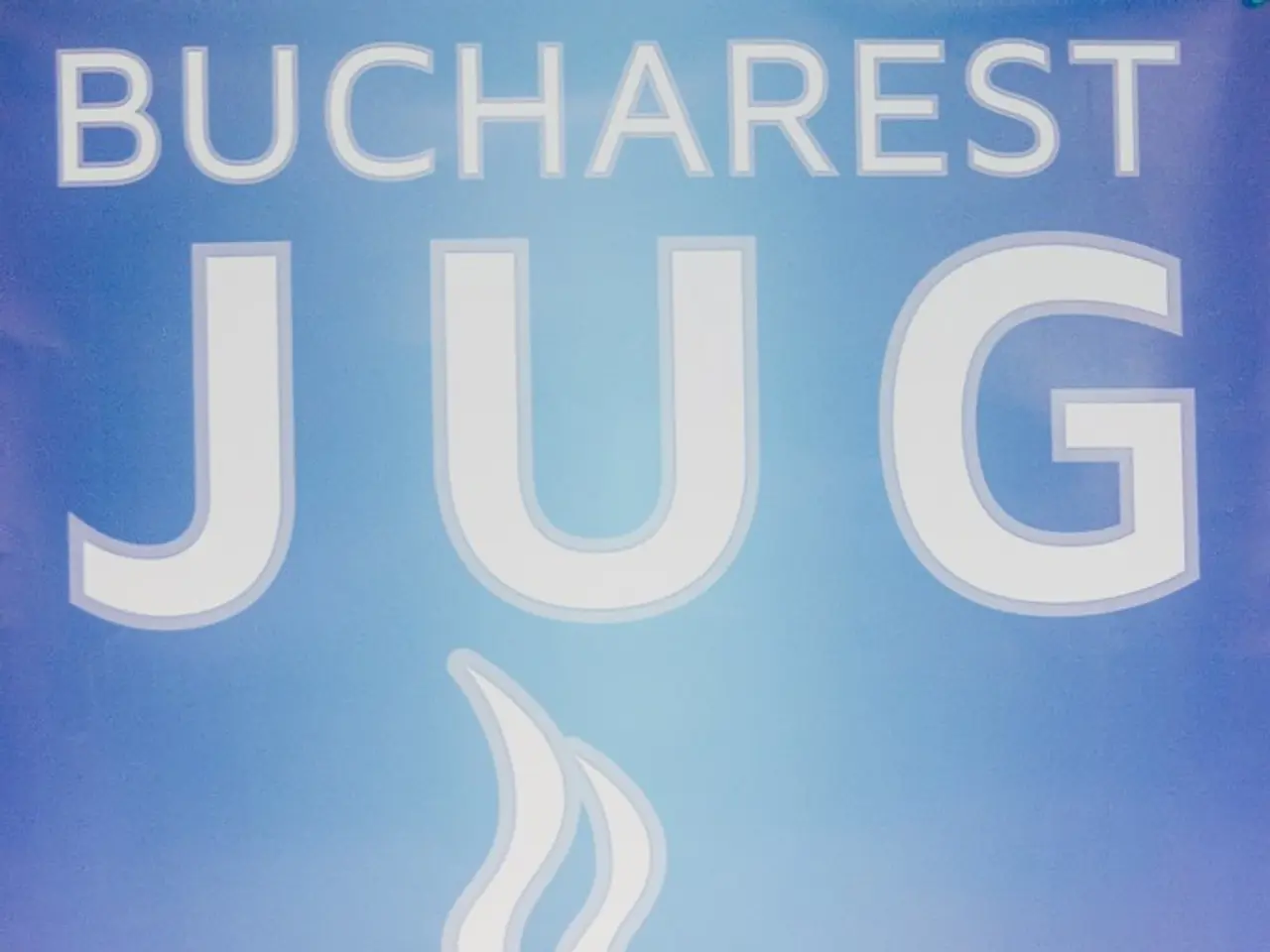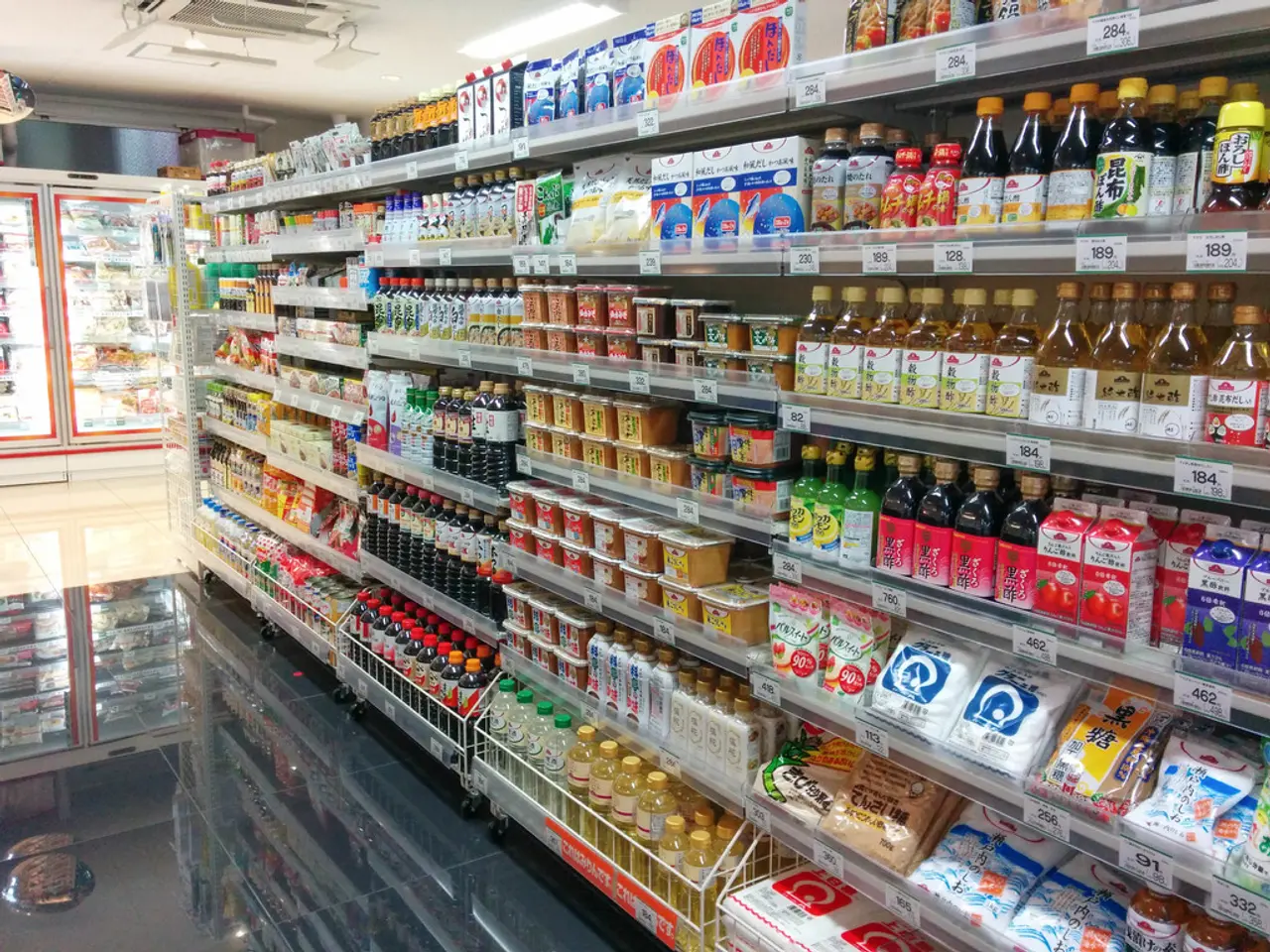Counterfeiters Show Preference Towards Widely Circulated Banknotes, According to Federal Bank
In the first half of 2025, Germany has seen an increase in counterfeit euro banknotes and coins. The Bundesbank reported withdrawing around 36,600 counterfeit notes worth nearly €2.1 million during this period, marking an 8% increase compared to the second half of 2024 [1][2].
Why the increase?
Counterfeiters are shifting their focus from higher denominations like €200 and €500 to more common ones such as €50 and €100 notes. This is because these notes are more frequently used in everyday transactions and fraudulent deals involving high-value goods, making them easier to circulate without immediate suspicion [1][4].
The rise in counterfeit 2-euro coins also indicates a broader trend of increased counterfeit currency circulation, possibly due to sophisticated forgery methods and attempts to exploit frequent money handling [2].
The impact
Although the number of counterfeit notes has grown, the financial damage has remained largely unchanged. This is likely because the counterfeit notes being circulated are of lower denominations than before, resulting in a stable overall counterfeit value [1].
Counterfeit euro banknotes still represent a low incidence in Germany, with about 9 counterfeit banknotes per 10,000 inhabitants[1]. However, the increase poses risks to retailers, banks, and consumers, who may unknowingly accept fake notes, causing financial losses and undermining trust in cash transactions.
Prevention measures
The Deutsche Bundesbank actively removes counterfeit notes and coins from circulation and provides free training courses on counterfeit prevention to banks, retailers, and interested parties via its branch network [2]. These courses equip individuals with the knowledge to identify and handle counterfeit money.
The Bundesbank also offers online training modules (in German) to help detect counterfeit money [2]. Public education includes advising on authentication checks for coins, such as examining motifs, colour, edge inscriptions, and magnetism [2]. For banknotes, the focus is on security features like holograms, watermarks, and UV features.
Enhanced use of security features in euro banknotes and regular updates to these features help reduce the circulation of counterfeits.
Recognizing counterfeits
Many counterfeit bills can be easily recognized, as they often lack security features and are marked with warnings like "MovieMoney" or "PropCopy." Handing over counterfeit notes to the Bundesbank or the police is advised, as passing on counterfeit notes is a criminal offense punishable by up to five years in prison.
Testing coins with a magnet can also help detect counterfeits, as genuine coins are only slightly magnetic, while counterfeits are usually not magnetic at all or very strongly so. Citizens should be vigilant about counterfeit money, as it is not replaced and anyone who accepts it is left with the loss. Reliable signs of fake coins include blurred images and irregular edge markings.
In summary, the increase in counterfeit 50-euro notes in Germany in 2025 is driven by counterfeiters shifting to more frequently used denominations to improve circulation chances. Although the total number of counterfeit notes has risen, the overall financial damage is stable. The Bundesbank combats this through removal of fakes, training, and public awareness efforts [1][2][4].
The shift in focus from high-denomination euro banknotes to more common ones like €50 and €100 notes may be due to the increased potential for circulation in everyday transactions and fraudulent dealings [4].
Increased counterfeit currency circulation could be indicative of advanced forgery methods and an attempt to exploit frequent money handling, as seen with the rise in counterfeit 2-euro coins [2].




